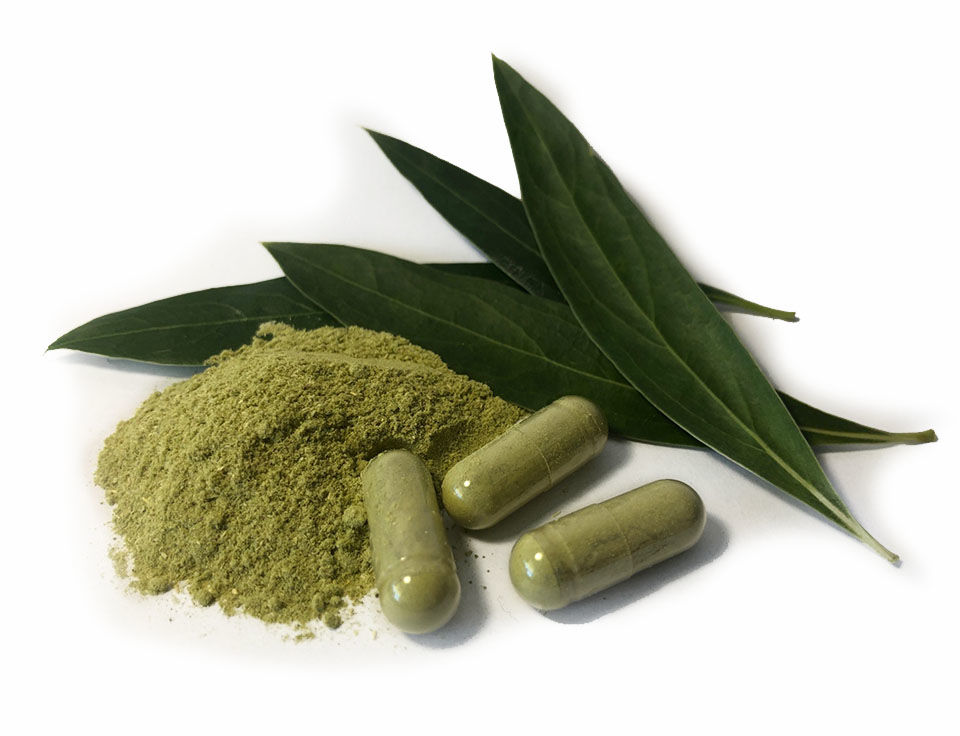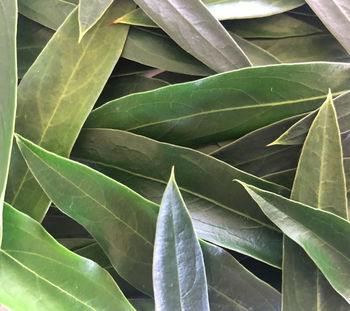Research
The Gumbi Gumbi (Pitosporum Angustifoluium) plant is a traditional food that has been consumed by Indigenous Australians for centuries. It is packed with nutrients to bolster your everyday diet. We do not add to, subtract from, or alter this natural food in any way beyond processing it for ease of consumption. We specialise in foods designed for overall nutritional wellbeing.
Traditional uses of Gumbi Gumbi are reported to include the treatment of viral conditions such as coughs, colds, and much more. Knowledge of such traditional applications was passed down by word of mouth, instead of written record and as such, much of our understanding of Aboriginal bush medicine has been lost as Aboriginal society merged into mainstream Australian society.

There is a growing body of research that is delving into the potential medicinal factors attributed to Gumbi Gumbi. However, it is yet to be approved by the Therapeutic Goods Administration (TGA) for therapeutic use in humans. As such, at this time we cannot state that it has any effect in preventing, curing, alleviating, or influencing any illness, injury, or physiological process in a person. We also are unable to share any of our amazing real-life testimonials on the potential health benefits Gumbi Gumbi could offer.
However, we can share with you the recent research that has been completed by universities and relevant scientific bodies. The growing body of research available supports many of the benefits that Aboriginal communities traditionally used Gumbi Gumbi for.
We also encourage you to conduct your own research on this truly special plant!
Gumbi Gumbi
| A 1998 study examined 40 different Australian plants for anti-viral activity. It found that P. phylliraeoides (Pitosporum Angustifoluium) leaf extracts were capable of inhibiting greater than 25% of Ross River virus (RRV) induced cytopathicity. Cytopathicity is the changes that a virus can make to your cells to make it more difficult to fight off infection. These results demonstrated the anti-viral potential of P. phylliraeoides. The researchers suggested that the findings supported the traditional Aboriginal use of P. phylliraeoides infusions to treat viral diseases including colds and coughs. Griffith University Australia conducted a secondary study examining the medical potential of Gumbi Gumbi. The research focused on toxicity, anti-bacterial and anti-fungal activity. It found that Gumbi Gumbi demonstrated low toxicity along with inhibitory activities against bacteria and fungi. | The researchers concluded that these findings supported the Australian Aboriginal usage of P. phylliraeoides and indicated its potential as a medicinal plant. The University of Greifswald Research Centre in Berlin, Germany has also investigated Gumbi Gumbi. It was concluded that the extract from Gumbi Gumbi leaves demonstrated anti-cancer effects, specifically anti-proliferative effects in vitro. Many studies of Gumbi Gumbi have revealed the presence of saponins, phenols, flavonoids, alkaloids, triterpenoids and tannins. These compounds have been extensively studied and have been shown to have many health effects. Some with evidence of having anti-carcinogenic and anti-cardiovascular disease properties. |
A summary of research supporting each compound's potential health benefits can be found below
Saponin Research | Clinical studies suggest that saponins are health-promoting components. Saponins affect the immune system in ways that may help to protect against cancers and lower cholesterol levels. Saponins may decrease blood lipids, lower the risk of cancer and lower the blood glucose response. Saponins have specific anti-cancer actions, including interfering with replication of cellular DNA and prevention of cancer cell proliferation. They also have antioxidant, anti-microbial and anti-bacterial properties. |
Tannin Research | Research suggests that many tannin components have anti-carcinogenic and anti-mutagenic properties. These effects are mostly attributed to their antioxidant properties, which protect against cellular oxidative damage, including lipid peroxidation. Tannins have also been reported to exert beneficial effects such as reducing blood pressure, decreasing cholesterol levels and promoting the immune response. Many plants that contain tannins show beneficial effects against cancer and tumours. Tannins can also protect the body’s tissues from free radical damage thanks to their radical-scavenging activities. |
Phenols Research | Flavonoids are a common group of phenolic compounds found in many plants, including Gumbi Gumbi. According to a British Journal of Nutrition review, evidence suggests that many flavonoids such as anthocyanins have a variety of anti-cancer effects. Research has supported these effects of flavonoids both in human cancer cell lines and in animal studies. |
Flavonoids Research | Regular consumption of flavonoid is associated with a reduced risk of several chronic diseases, including cancer, cardiovascular disease and neuro-degenerative disorders such as Alzheimer’s. At a molecular level, flavonoids demonstrate antioxidant effects, as well as modulation of several enzyme pathways. Many studies have also found anti-cancer actions of flavonoids, including inhibiting cell proliferation, enhancing the repair of DNA, reducing oxidative stress and antioxidant actions. The growing body of research indicates that flavonoids play a beneficial role in disease prevention. |
Triterpenoids Research | Many triterpenoid compounds have been found to possess activities that can protect against chronic conditions such as cardiovascular disease. This is supported by in-vivo, in-vitro and human studies that demonstrate antioxidant and anti-inflammatory effects. There are several mechanisms that may explain the antioxidant and anti-inflammatory properties of triterpenoids. These include the ability to trap free radicals, inhibit enzymatic generation and block the oxidation of both cellular and extracellular compounds. |
